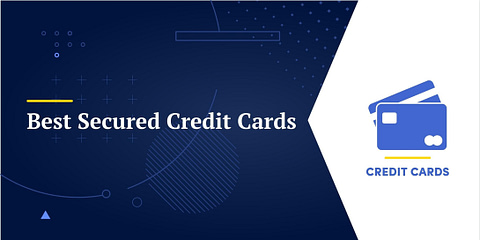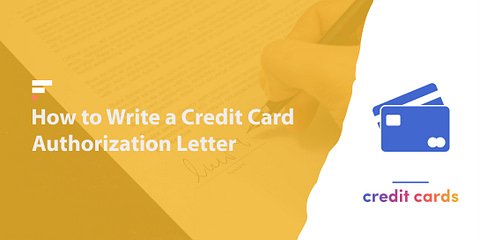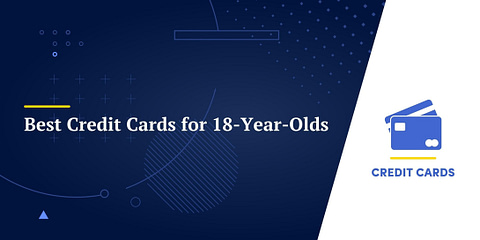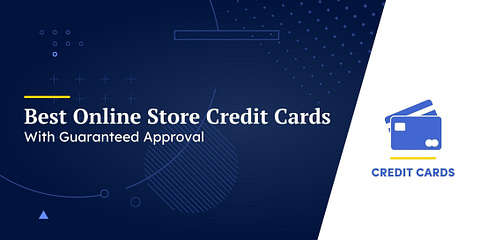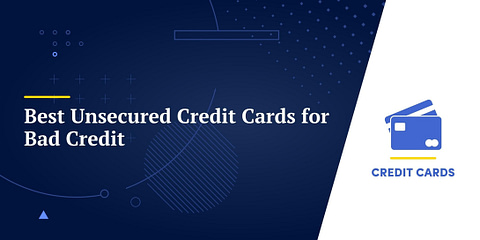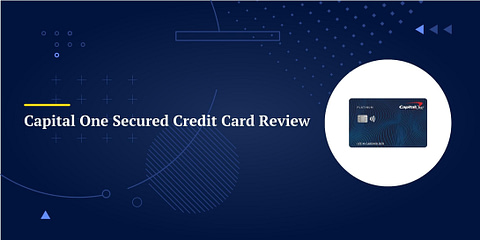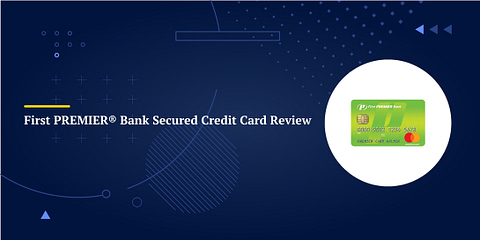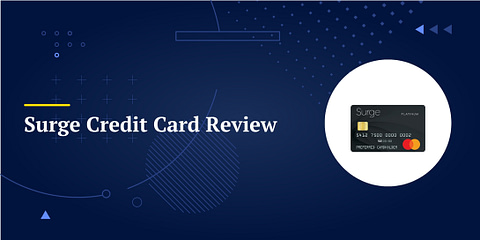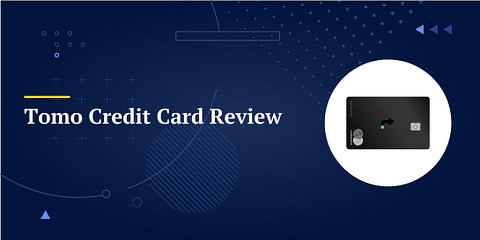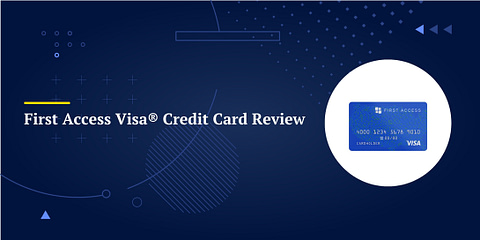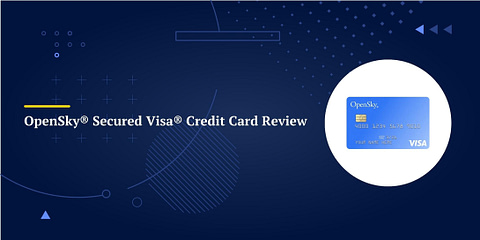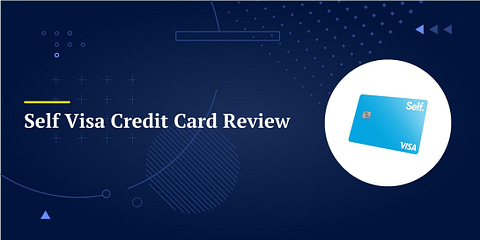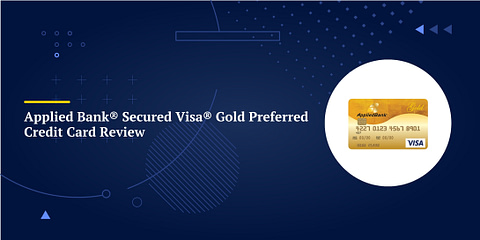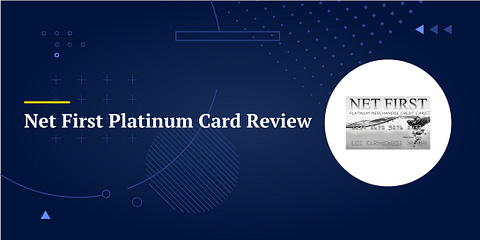Credit cards are one of the most popular forms of consumer financing. The average American has roughly 3.84 of them taking up space in their wallet, and we used them to complete 31% of all transactions in 2022[1, 2].
Unfortunately, credit cards are also one of the most expensive forms of consumer financing. They have an average interest rate of 21.47%, while mortgages and car loans sit at just 6.7% and 8.5%, respectively[3,4]. Many Americans are paying over 20% interest on their credit card debts.
Despite the high costs, 35% of Americans let their credit card debts carry over from month to month[5]. If you’re one of them, here’s why you should never be satisfied with making just your minimum payment.
What is a Credit Card Minimum Payment?
Let’s start with a quick refresher. Credit cards are a form of revolving debt, which means they don’t impose a strict deadline by which you have to pay your balances off in full. Your repayment term is up to you.
If you can afford to pay things off all at once, you can. You can also make your card’s minimum payment and keep your debt outstanding indefinitely.
The credit card minimum payment is the amount of money you’re required to pay toward your outstanding balance each month. If you don’t do so by the due date, your card issuer charges you a late fee and eventually reports you to the credit bureaus.
For example, say you owe $2,000 on one of your credit card accounts. Your credit card issuer will usually require that you pay at least $40 per month to stay in their good graces.
💡 You can find your minimum payment on your credit card’s billing statement. It’s usually easiest to look it up online using your card issuer’s online interface.
How Credit Card Companies Calculate Your Minimum Payment
Credit card companies can calculate your monthly minimum payment in several different ways. It depends on the size of the balance you’re carrying on the statement date, which is the last day of your billing period. Let’s take a look at each option.
First, if your balance is low enough, your credit card issuer might choose to make it your minimum payment. For example, they might ask you to pay the entire amount whenever you owe less than $20.
If you’re anywhere between that debt balance and around $1,000, your card issuer will charge you a fixed dollar amount per month. Usually, it’s equal to the number below which they’d require you to pay your entire balance.
For example, a credit card company that asks you to pay your card’s balance as long as it’s below $20 would likely start your minimum payment at $20 if you owed $750.
Finally, if you owe more than roughly $1,000, your credit card company usually sets your minimum payment as a small percentage of your outstanding balance, rounded to the nearest ten. The most common amount is 2%, but it varies by card.
Alternatively, they may set it at a lower percentage, like 1%, and add in whatever fees and interest you accrued during that period.
⚠️ If your account is in delinquency, your credit card provider may add your overdue balance to your minimum payment.
Why You Shouldn’t Make Only the Minimum Payment
As a Certified Public Accountant and personal finance writer, I’m seen as the money guy in my personal circles. As a result, I’ve spent a lot of time explaining various financial matters to my friends and family.
There are many different lessons I wish I could impress upon them. For example, you should save at least a third of your paycheck, start investing as soon as possible, and open up that Roth IRA already.
Unfortunately, those talks generally devolve into futile lectures. To my chagrin, none of them are interested in what my spreadsheets have to say, and I’m now reluctant to share my opinion on money matters unless heavily prompted.
However, there is one lesson that I still feel the need to beat people over the head with repeatedly: you should never make just the minimum payment on your credit card debt. Here’s why.
Minimum Payment Means Maximum Interest and Time in Debt
In theory, making the minimum payment on your credit card will eventually get you out of debt. Federal law prohibits card issuers from letting your balance grow faster than the minimum payment can reduce it. Your minimum payment usually just barely clears that requirement.
That means making the minimum payment maximizes the length of time you stay in debt. It also means you’re maximizing the amount of interest you accrue.
👉 Example:
Say you owe $6,000 in credit card debt at 14.54% interest. Your minimum payment is 2%, which equals $120. It would take you six and a half years to pay off the balance. During that time, you’d incur $3,276 in interest.
If you increased your payment even a few percentage points, you could massively improve all of those numbers. For example, say you manage to pay 5% each month instead, which equals $300.
You would pay off the debt in just two years. That’s four and a half years faster! In addition, you’d only pay $912 in interest, which is over $2,300 in savings.
While that should demonstrate the dangers of making your minimum payment, things are often worse in practice. Both previous examples assume you don’t need to use your credit card anymore and can pay it off without adding any further charges.
That’s not usually the case. Many consumers need their credit cards to stay afloat financially. As a result, they add more to their principal whenever they have available credit, and making the minimum payment keeps them in credit card debt indefinitely.
To top it off, when you carry a balance on a credit card, your card issuer takes away your credit card grace period. That’s the gap between the end of your billing cycle and the payment due date. It usually lasts about 25 days.
☝️ If you pay off your balances in full before the grace period ends, you’ll pay no interest on them. However, if you carry balances over, all of your purchases start accruing interest as soon as you make them, further compounding your costs.
How Making the Minimum Payment Affects Your Credit Score
Making the minimum payment on your credit card is almost always a mistake from a financial perspective, but it has slightly more nuanced implications for your credit score.
Paying the minimum is definitely worth doing if the alternative is not making any payment. It stops your credit card issuer from reporting you for late payment, which can significantly damage your credit score. Your payment history is worth 35% of your FICO score, which is more than any other factor.
However, if you could afford to pay more by tightening your budget, you’re hurting your credit score by choosing not to do so. That’s because of the second most significant aspect of your credit score, which is your amounts owed.
If you’re carrying so much debt on your card that you can only afford to make the minimum payment, you’re probably at or near your credit limit. That raises your credit utilization, which is one of the primary ways lenders determine whether you have a healthy amount of revolving debt.
👉 Your credit utilization ratio equals your current revolving debt balance divided by your total available credit limit. For example, if you owe $500 on a secured credit card with a $1,000 credit limit, your utilization of the card is 50%.
It’s always best for your credit score to keep your utilization ratio between 1% and 10%. Lenders may consider anyone with a ratio above 30% to be an increased risk.
🔢 Both your total and per-card utilization ratios matter. If you have multiple credit cards, use this credit utilization calculator to determine the best approach to paying off your balances.
Alternatives to the Minimum Payment
As you can see, making your minimum payment should be your last resort. Every day your high-interest credit card debt is outstanding costs you money. Increasing your monthly payment by $50 or $100 could save you thousands in the long run.
Unfortunately, sometimes you simply don’t have the money to pay more than the minimum payment. If it only happens on rare occasions, it’s not the end of the world. Your finances will survive.
However, if you suspect that you’re going to be stuck making minimum payments for months at a time, it’s worth considering alternative measures. For example:
- Balance transfer: Some credit cards let you transfer your balances to them and charge 0% interest for up to eighteen months. These cards have strict qualification requirements, so they’re primarily for people with good credit.
- Refinance or consolidate: Refinancing or consolidating your credit card debt into an installment loan can help you get a more affordable interest rate or a lower monthly payment.
These remedies are drastic compared to tightening up your budget and paying more toward your credit card debt. They involve some level of risk, so make sure you do your due diligence first.
Key Terms to Remember
- Principal amount: the amount you have actually spent on your card.
- Interest: the amount the card issuer charges on a balance carried after the due date.
- Grace period: the interest-free period from the date of your purchase to the next payment due date.
- Outstanding balance: the total amount you owe on your card.
- Statement date: the date when you receive your monthly statement and bill.
- Due date: the deadline for making your payment.
- Report date: the date your issuer reports to the credit bureaus.
- Late fee: a fee that you will be charged if you fail to make at least the minimum payment by the due date.
- Billing cycle: the interval between your scheduled statement dates.
- Minimum payment: the lowest amount you are permitted to pay to keep your account in good standing.
- Full payment: paying your entire balance on or before the due date.
Prioritize Your Monthly Payments by Return
If your finances are advanced enough that you’re saving a significant portion of your income each month, you need to be intelligent about where you allocate your resources. You want as much of your money as possible to go where it’ll benefit you the most.
In other words, you usually want to direct your funds to the account that will bring you the highest return. When it comes to debt, that means concentrating on paying down the account with the highest interest rate, commonly known as the debt avalanche technique.
In practice, you also have to consider your other savings goals, such as building an emergency fund or saving for retirement.
👉 For example:
Say you have the following debt accounts:
- $2,500 in credit card debt at 15% with a $50 minimum payment
- $10,000 auto loan at $5% with a $300 monthly payment
- $40,000 student loan debt 3% with a $275
You’re also interested in investing in an S&P 500 index fund for retirement. You expect it to return around 8% per year, on average, but you’re bullish on the current market and don’t want to miss out on any gains.
If you have $750 in net income before paying your debts, you have enough to meet all your minimum monthly payments with $125 left. It would be best to allocate that surplus toward your credit card debt or the index fund, not the auto or student loan.
Choosing between those two would be a more complex decision. Ultimately, you’d have to decide whether you think the market will earn more than 15%. If not, you’d be better off paying down the credit card debt faster.
To get help planning your debt repayment and investment strategies, consider reaching out to a credit counselor or a financial advisor.
📗 Learn More: Are financial advisors worth it? Check out our survey of over 600 Americans to get some insight into the answer: Are Financial Advisors Worth It? (2021 Survey).


